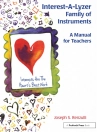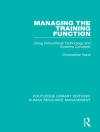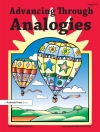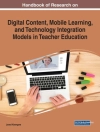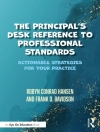Are witnesses, jurors or others in courtrooms distracted by in-court television cameras and their operators? Citing a lack of evidence one way or the other, the US Supreme Court has recommended additional research on the matter. Answering the court’s recommendation, this proof-of-concept study demonstrates for the first time that eye-tracking technology can now accurately determine whether courtroom actors look at the television cameras in the courtroom and for how long. In doing so, Television Courtroom Broadcasting opens the door to a new era of research on the effects of in-court distraction.
Зміст
Chapter 1: Introduction
Chapter 2: Empirical Effects Studies
Chapter 3: Considering Distraction Effects Research
Chapter 4: Effects and Courtroom Participants/Actors
Chapter 5: Distraction and General Research Studies
Chapter 6: Legal-psychology and Eye-tracking
Chapter 7: The Eye-tracking Distraction Solution
Chapter 8: The First TCB Eye-tracking Demonstration
Chapter 9: The Judge
Chapter 10: The Witness
Chapter 11: The Solicitor/Barrister/Lawyer
Chapter 12: Location Issues
Chapter 13: Conclusion
Appendix 1: Diagrams from Short Report Study
Про автора
Paul Lambert is a lecturer, lawyer and writer.


